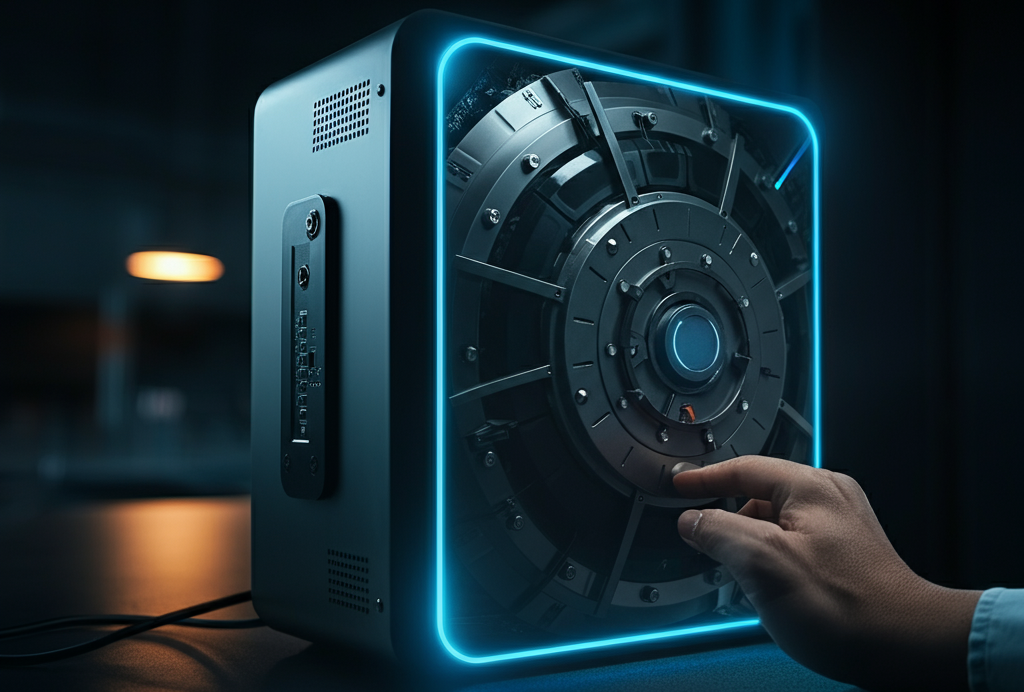Cybersecurity breaches have become alarmingly commonplace, with state-sponsored hackers using cutting-edge technologies to target governments and disrupt businesses on a massive scale. Meanwhile, cybercriminals and amateur hackers exploit vulnerabilities, further intensifying the threat landscape. As hacking tools become more accessible and the complexity of technology introduces inherent weaknesses, businesses face a critical question: how can they secure themselves in an increasingly dangerous digital world? For many, the solution lies in adopting a zero-trust framework for cybersecurity.
What is Zero-Trust?
A zero-trust framework is a modern security model based on a simple principle: trust no one. Unlike traditional perimeter-based defenses, zero-trust assumes that no user or device—whether inside or outside the network—is inherently trustworthy. Instead, it enforces strict access controls and continuously verifies the identity of users and devices before granting resource access.
This approach is particularly relevant in today’s workplace, where remote work and mobile devices are the norm. Employees now access sensitive data from various locations and devices, making perimeter-based security measures insufficient.
Continuous Monitoring and Threat Detection
Zero-trust is more than just access control—it emphasizes constant vigilance. The framework relies on continuous monitoring to detect suspicious or unusual activity within the network. This proactive approach is essential in combating sophisticated threats like ransomware and advanced persistent threats (APTs).
Reactive measures are no longer enough. Businesses must focus on identifying and neutralizing threats before they cause damage. Monitoring network traffic for anomalies ensures potential breaches are spotted and mitigated early.
Strengthening Security with Data Encryption
Data encryption is a cornerstone of the zero-trust framework. Encrypting sensitive information both in transit and at rest ensures that even if hackers gain access to the data, it remains inaccessible and unusable.
Paired with encryption, multi-factor authentication (MFA) adds another critical layer of protection. Requiring multiple forms of identity verification before granting access makes it significantly harder for attackers to infiltrate systems.
Regular Updates and Patch Management
One often-overlooked aspect of zero-trust is the importance of keeping software up to date. Outdated software creates vulnerabilities that attackers can exploit. Regularly updating software and applying security patches is an essential part of staying ahead of emerging threats.
The Case for Proactive Security
Implementing a zero-trust framework requires time and investment, but the cost pales in comparison to the financial and reputational damage caused by a cyberattack. Proactive security measures, including strict access controls, continuous monitoring, encryption, MFA, and timely updates, drastically reduce the likelihood of a breach.
As cyber threats evolve, so too must our defenses. A zero-trust approach empowers businesses to adapt to an ever-changing threat landscape and ensures their digital assets remain secure.
Regulatory Compliance and Trust
Beyond protecting sensitive data, implementing a zero-trust framework also helps businesses meet regulatory requirements and industry standards. By prioritizing robust cybersecurity measures, organizations demonstrate their commitment to safeguarding customer data and fostering trust among stakeholders.
The Path Forward for Zero-Trust
Adopting zero-trust is no longer optional—it’s a necessity in today’s digital world. By embracing this security model, businesses position themselves to stay one step ahead of cybercriminals while building a resilient and secure foundation for future growth.
A strong cybersecurity strategy isn’t just about defense—it’s about confidence, trust, and the ability to thrive in a connected world.
Implementing a Zero-Trust Framework
Implementing a zero-trust framework might seem daunting, but breaking it down into actionable steps simplifies the process:
- Evaluate your current security posture: Identify potential vulnerabilities and areas for improvement.
- Establish strict access controls: Use role-based permissions and enforce multi-factor authentication (MFA).
- Keep devices updated: Apply the latest security patches and software updates to all systems.
- Implement continuous monitoring: Use advanced threat detection systems to identify and respond to risks in real-time.
- Encrypt sensitive data: Secure data both at rest and in transit to prevent unauthorized access.
- Regularly patch vulnerabilities: Update software and firmware to close security gaps.
- Educate employees: Provide regular training on cybersecurity best practices to reduce human error.
- Review and adapt the framework: Continuously update your security measures to address emerging threats and new technologies.
- Leverage external expertise: Partner with trusted third-party vendors for additional support and guidance.
Conclusion
The adoption of a zero-trust framework is a critical step for businesses aiming to secure their digital assets in today’s complex threat environment. By focusing on proactive measures like access controls, continuous monitoring, encryption, MFA, and timely updates, organizations can build a comprehensive defense against advanced cyberattacks. Regularly revisiting and refining these strategies ensures businesses remain resilient against evolving threats.
As technology continues to advance, so must security approaches. Implementing a zero-trust framework not only mitigates the risks of data breaches but also helps businesses comply with regulatory standards and maintain customer trust. In an increasingly digital world, embracing zero-trust is more than just a strategy—it’s a necessity for long-term security and success.
Click here for a post on implementing an AI governance and risk framework.





